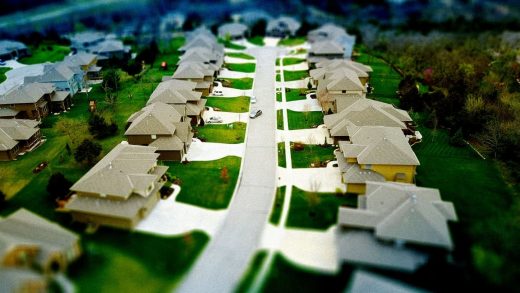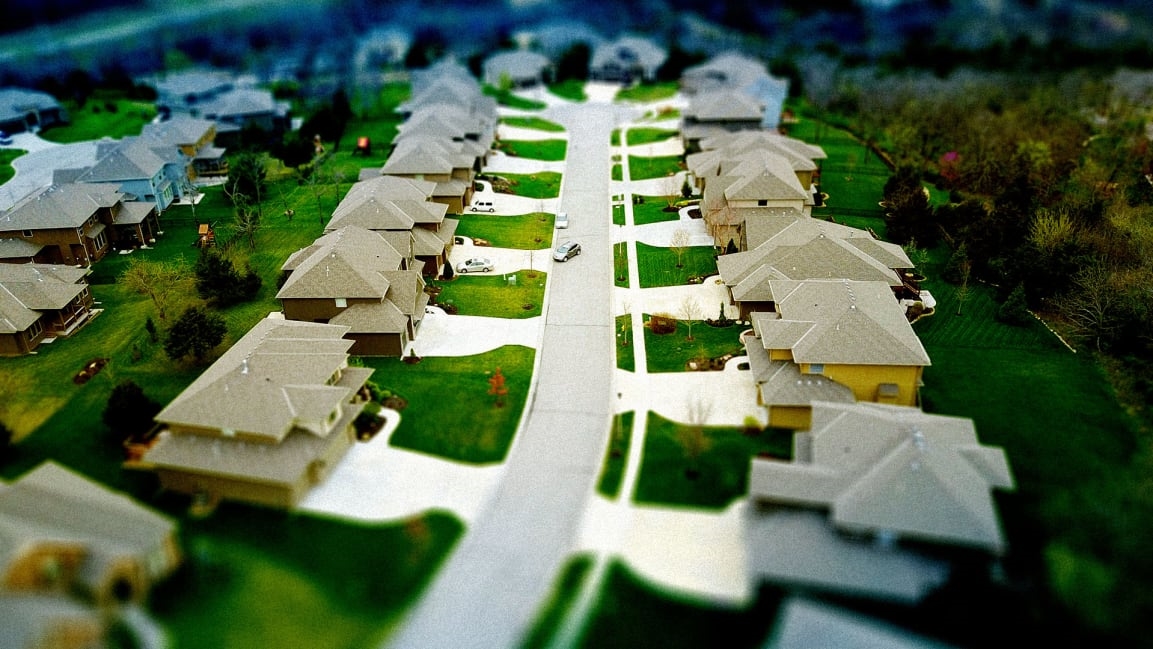How our definition of middle class has–and hasn’t–changed in 100 years
The next time you call yourself middle class, think about what you really mean when you say that. Do you earn what might constitute a middle-class salary–somewhere between $37,000 and $147,000? Or is it more that, in lifestyle and mind-set, you feel middle class?
Class has always been about more than money, and the middle class in particular has always stood for far more than just earnings potential. The Brookings Institution attempts to define the middle-class ethos through a combination of income and economic resources, occupation and educational qualifications, as well as attitudes–more broadly, culture and mind-set.
In 2019, the prevailing feeling among the self-anointed middle class may be a lack of financial security and job stability, but also a narrowing path to upward mobility. If self-identifying as middle class is in vogue, it’s because some of the cultural markers we have long associated with the middle class–the makings of the American dream–feel increasingly out of reach for many Americans, and newer ones like higher education feel essential.
Rise of the middle class
As amorphous as the American middle class seems now, that wasn’t always the case. At the turn of the last century–with the advent of technological advancements like the telephone and the expansion of electricity–came the white-collar office job. (The term itself was a nod to the uniform of choice for many office workers: a white collared shirt.) With that new class of jobs, the divide between the factory workers of yesteryear and white collar or retail workers grew. During World War I and II, as men were drafted into the military, women were recruited into the workforce to take their places, which created a larger labor force in the decades to come.
After World War II, the U.S. economy was booming, and the growing number of white-collar workers–along with wage increases–helped build a sizable middle class. (The term “middle class” really only took hold in the New York Times, for example, starting in the 1960s.) The rise of labor unions, which started to gain ground in the late 1800s, also raised wages for blue-collar workers, and union membership reached its peak in 1954, when nearly 35% of workers belonged to unions. Unions also helped address pay inequities on the basis of race or gender. American workers across the board saw their standard of living improve, in part because unions were so powerful–the strides they made even helped raise wages even for nonunion workers.
In the postwar decades, an office job could be the path to a comfortable, middle-class life. It offered stability and could buy you a home in the suburbs and college tuition for your children. The expectations set during this period–that you could own a home, provide for your children, and retire comfortably–have come to define the American middle class.
Decline of labor unions and blue-collar jobs
During the 1970s, labor unions–strong advocates for the middle and working classes–started to fall out of favor. While many public sector unions held strong, unions across manufacturing, mining, and construction did not; from 1975 to 1985, union membership dropped by 5 million. And by the late eighties, less than 17% of U.S. workers were unionized. Unions historically helped not just unionized workers, but also nonunion worker–employers worried they would seek to unionize if they weren’t compensated fairly, or quit in favor of a union job. But with fewer unions, employers were less incentivized to pay their workers well.
This decline took place against the backdrop of high inflation–it had climbed to 11% by 1974–and an economy that was no longer growing at the same rate. Wages stagnated, despite significant increases in worker productivity, and blue-collar jobs became less secure over time. Manufacturing jobs, for example, slowly started to decline after 1979; by the early aughts, they were far fewer, in part because the U.S. ceded ground to global powers like China, but largely because technology and automation had supplanted workers. In 2010, there were only 11.5 million manufacturing jobs, down from 19.4 million in 1979 and 17.6 million in 1987.
All of which is to say: The middle class started getting squeezed. According to the Pew Research Center, from 1971 onwards, there were fewer middle-income Americans at the end of the decade than there were at the start. At the same time, higher education became increasingly more common among the middle class. Though Americans with a college education did earn more in the 1970s, it was by no means necessary for a middle-class life–not at first, that is. In 1971, 41% of middle-income adults had no more than a high school education, while 35% weren’t even high school graduates. But by 2015, 60% of middle-income Americans had either some college education or at least a bachelor’s degree.
Growing income inequality and education costs
Income inequality between upper income- and middle-income households is nothing new. But since the 1970s, that gap has widened significantly. The gains made by middle-income households haven’t kept pace with those made by the upper-income households; even gains across the upper middle class have been in step with the U.S. economy, while income growth in the middle class has lagged behind overall economic growth. A major component of this inequality is also CEO compensation, which has ballooned since the 1970s. Then, chief executives made about 20 times what their workers did–but as of 2013, they make nearly 300 times as much.
The Pew Research Center found that in 2016, the median middle income was about the same as it was in 2000, hovering around $78,000. The median upper income, on the other hand, is upwards of $187,000, despite the effects of the most recent recession. The recession hit middle-class workers particularly hard, stripping away many jobs that may have required more than a high school diploma but not necessarily a four-year college degree. (And jobs that were once more stable–say, teaching or nursing–no longer offer the same job security or reliable wages.) Upper-income workers haven’t just recovered better in terms of earnings and employment; they’ve benefited from better credit scores and stronger investments, which in turn allowed them to buy homes and foot steep education costs.
Aspiration has always been key to the middle-class identity. For a time, you could argue a defining trait of the middle class was that you could hope to make a good living as a middle-class American, but you could also aspire to move beyond your lot in life, through a college education or the right job. But now, if you’re in the middle class, it’s harder to move out of it, and if you’re not in the middle class, it’s harder to reach it. The capacious income gap helps explain not only why social mobility has decreased, but also why so many people identify as middle class in 2019.
As the upper-income band moves further away, it’s harder to imagine what it takes to rise above a middle-class lifestyle–or what it even means to be anything more than middle class. Higher education is no longer a ticket out, given the wage gap between college-educated workers and less educated adults. Instead, it seems like the baseline for securing even a middle-income life, in the face of exorbitant housing costs and the evolving job market. Those shifting expectations, coupled with the mounting costs of higher education, have created a middle class weighed down by debt in the pursuit of something better–weighed down by the aspirations that have long defined it.
(42)



